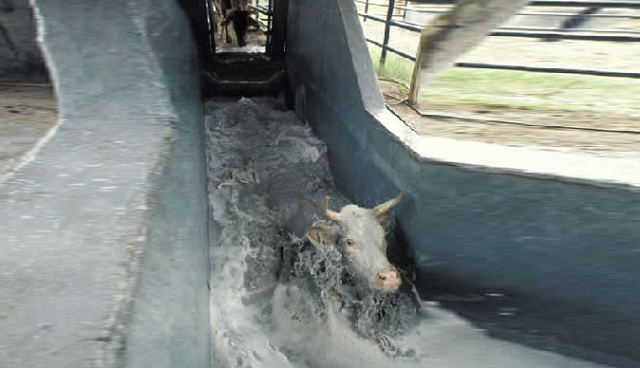
The Sunday News

THE rainy season has started in most parts of the country. This is a welcome development especially in livestock production as the resultant green lush is just what the doctor has ordered for the severely emaciated animals in most communal areas.
Inevitably the growth of the veld comes with the perennial challenge of ticks for farmers.
This is the time when the prevalence of ticks increases resulting in a corresponding need to increase the dipping frequency.
While most smallholder communal farmers depend on the communal plunge dip tanks, it is increasingly becoming common for individual farmers to conduct their own dipping using knapsack sprayers.
This is even more common among A2 farmers, most of them who do not have access to dip tanks.
While individual spray dipping is appropriate and important, it is also vital to understand the pathology of ticks so that an effective management of these pests is instituted.
The first and very important question to ask yourself as a farmer, is what species of ticks are prevalent in your area. While to a lay person ticks are just ticks, it is important to know that there are several species of ticks and each one of them with different biology and life cycle.
They also have different places to attach on the animal body.
This is particularly important to know for those conducting spray dipping using knapsack sprayers. You have to target these places where the tick attaches and apply an adequate volume of the dipping chemical.
Different species of ticks tend to have different preferred areas of attaching. An example is the brown ear tick which attaches on the interior surface of the ears, with the blue tick preferring the neck area. The bont legged ticks will engorge either on the udder/groin area or around the vulva/anus section.
When spray dipping target these areas and apply enough chemical to cover the area.
Farmers also need to ensure that when spray dipping the animal is properly covered by the spray not just drizzling a few droplets on the animal and call that dipping.
An average animal should take up to 3,5 litres of the dipping chemical, meaning the usual 16-litre knapsack sprayer should take at least four animals. Now because this is a slow and physical process, if left unsupervised your stock man will do 16 animals with one knapsack sprayer meaning each animal will be getting a litre of the chemical.
The obvious effect of this is that most ticks will not fall off the animal and eventually you will begin to have tick resistance in your herd.
Ticks have been known to develop resistance for most acaricides as way back as the 1970s.
In fact some of the drugs that we have in our shops can no longer combat the blue tick due to resistance. It is therefore important to observe as a farmer how ticks in your animal respond.
All you need to do is to pull out a tick from your animal 24 hours after spraying and see if it is still alive. If it’s not dead chances are they are resistant to the particular acaricides you are using.
Some pesticide manufacturers are actually using dipping chemicals with a combination of active ingredients to try and address the tick resistance problem.
You will probably know that despite different trade names most acaricides are based on such active ingredients as Amitraz, Deltamethrin, cypermethrin and many others. Besides the tick resistance issue farmers need to know the diseases caused by ticks on their animals so that when you get an incident in your herd you can raise the red flags and institute corrective measures.
There are a number of tick borne disease with different signs and symptoms which I may not be able to describe in this space but it is sufficient to point out that ticks can cause you such diseases as Heartwater, Redwater, Gallsickness and Theileriosis.
In addition to these diseases ticks damage teats in your cows and sometimes the udder itself may die due to mastitis.
Therefore farmers need to abide by the dipping frequencies of the different season and check for tick resistance in their herds and take corrective action if need be.
Uyabonga umntakaMaKhumalo.
Feedback [email protected] or cell 0772851275.



